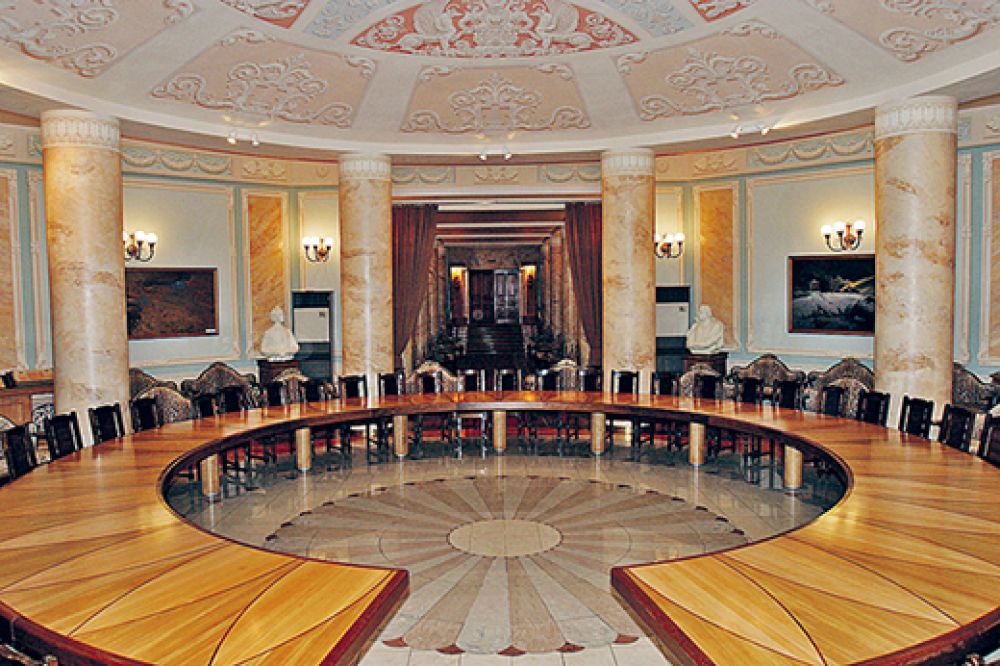

Stalin's Bunker in Samara, Russia, is a subterranean fortification and a significant historical site that has gradually turned into a popular tourist attraction. Constructed between 1941 and 1942, the bunker was initially built as an alternative supreme command post for Joseph Stalin during World War II, located approximately 37 meters underground to withstand aerial bombardments.
For many years, the existence of Stalin's Bunker was shrouded in secrecy, a common trait of military installations from the Soviet era. It wasn't until after the collapse of the Soviet Union that the bunker was opened to public access. In the early 1990s, with the newfound openness and the shifting political landscape, the bunker transitioned from a military relic to a historic site. Set beneath the Academy of Culture and Arts in Samara, it was finally opened to tourists and became known as one of the city's must-see attractions.
As Russia embraced tourism, Stalin's Bunker became increasingly popular among both Russian nationals and international tourists intrigued by Soviet history. The site provides a unique insight into the strategy and war efforts of the USSR. Over the years, the city of Samara has developed the necessary tourism infrastructure to support the growing interest, with guided tours being offered in multiple languages and the bunker being equipped with historical exhibits.
Today, visitors to Stalin's Bunker can see the impeccably preserved rooms, including Stalin's personal office and the conference room where high-ranking officials would have convened. The attraction is presented as a museum, with items from the era, including communication devices, maps, and personal effects, providing a tangible connection to the past.
Recently, there has been a trend towards immersive historical experiences. Stalin's Bunker caters to this by providing an authentic environment for visitors to visualize and understand crucial moments in history. Moreover, the inclusion of wartime narratives and personal stories of those who served in the bunker add to the immersive experience. Additionally, with the rise of online platforms and social media, visitors often share their experiences, contributing to the site's international visibility.
The history of tourism at Stalin's Bunker reflects a broader trend within Russia and other former Soviet states, where the remnants of the Soviet military and political might are being repurposed as educational and cultural tourist destinations. Visitors seeking to delve into the depths of World War II history are sure to find a visit to Stalin's Bunker to be both enlightening and memorable.